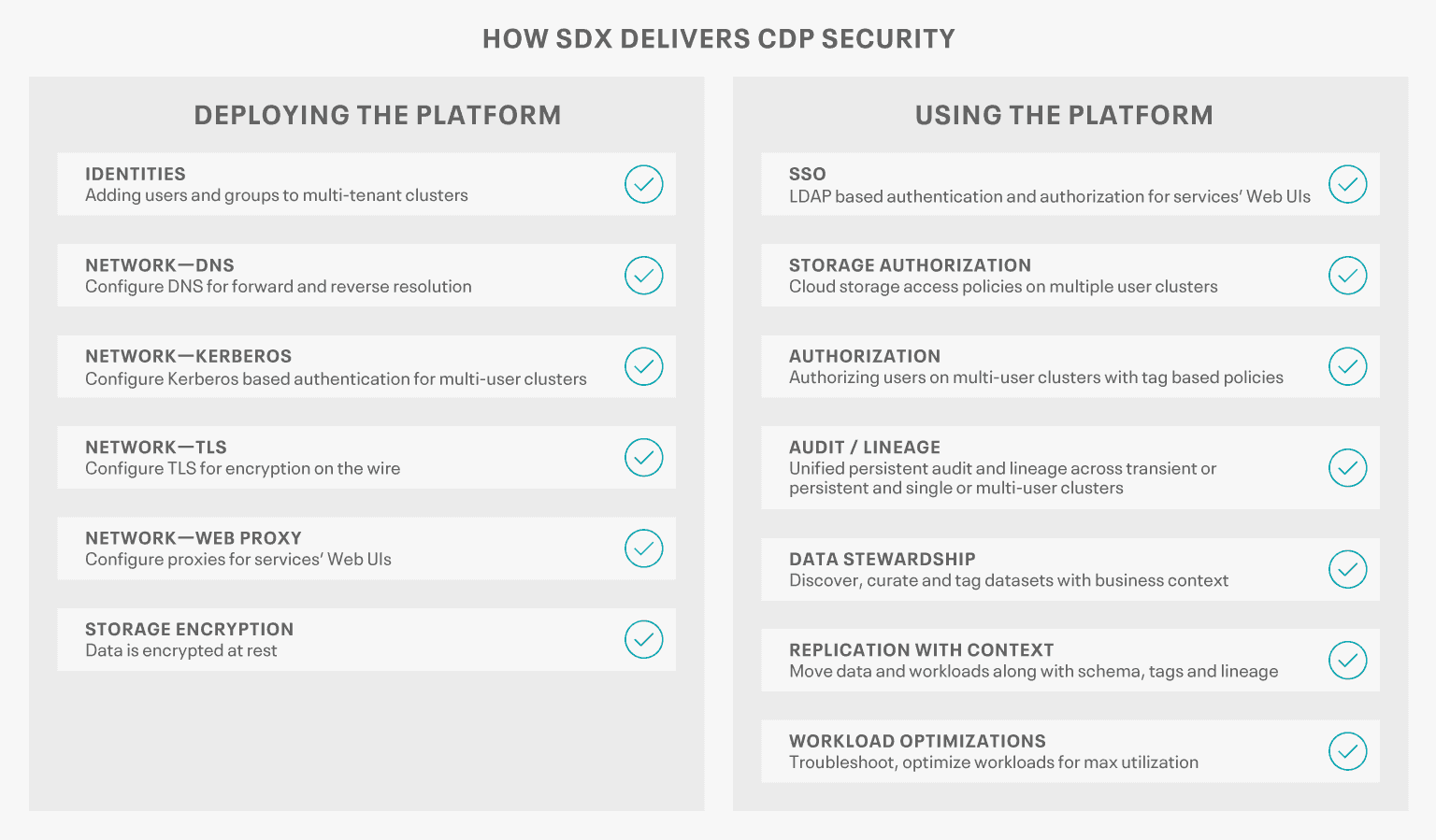Learning additional languages is a common practice in the Netherlands. In primary school, we learn English and secondary school offers French, German, and a host of other options. Learning a new language and speaking it well is tricky. Grammar, syntax, turns of phrase and sayings don’t translate (pun intended), and on occasion lead to bizarre results (Maarten Rijkens documented literal Dutch to English translations in ‘I always get my sin’, Reinhard Wolff did the same for Dutch to German in ‘Lass mal sitzen’).
Security across public clouds is not too different in this respect. Each and every cloud provider has extensive security features, yet each has its own way of doing things. A way as different from traditional data centers as it is from other public cloud providers. Enterprises, wanting to take advantage of a public cloud service, will have to skill up and develop virtualization and cloud security provider-specific knowledge, most often through training or hiring. With the majority of organizations self-confessed multi-cloud users, discrepancies in knowledge are exacerbated. The language and syntax from one cloud provider do not translate to the other.
Addressing the gap requires investment and, until it is fully closed, poses risk. Gartner works on the assumption that through 2022, at least 95% of cloud security failures will be the customer’s fault. It is no surprise then that a HBR survey identified security concerns as one of the top three reasons why organizations are not making greater use of public cloud. Fundamentally, public clouds are secure and highly resistant to attack, providing a more secure starting point than most traditional in-house implementations.
Things go wrong when organizations don’t use them securely: either when cloud resources are not appropriately locked down on deployment or when inexperienced users implement poor practices, leaving the organization open to security or compliance failures. Oftentimes, the absence of a solid cloud strategy informed by an enterprise data strategy is the culprit. In fact, with an ever more heterogeneous resource landscape, organizations need a hybrid cloud strategy, especially as it relates to driving flexible and agile insight and value from their data through analytics.
SDX ensures comprehensive data security and governance
Cloudera Data Platform (CDP) delivers the ideal solution for both challenges. As the world’s first enterprise data cloud, CDP delivers the complete range of analytics for the data lifecycle and the flexibility to deploy to clouds and data centers with consistent security and governance. Security in this context relates to both platform deployment to different form factors as it does to end-user data access. For public cloud deployments, CDP makes user security easier to manage and maintain as it does away with the need to create identities for each user in the public cloud account. Instead, existing users and groups are mapped to cloud roles transparently with CDP seamlessly handling the intricate differences between different public cloud vendor approaches. Kerberos based authentication, as well as encryption at rest and in motion, are configured automatically, making each deployment as secure as the last with minimal effort and without the need for complex configurations.

For platform deployments, CDP’s Shared Data Experience (SDX) delivers the next layer of security as it relates to data access. Consistently applied across all deployments and analytics, SDX ensures safe and secure multi-tenant data access, and provides the auditing organizations need to demonstrate their compliance in areas ranging from data privacy to regulatory compliance. SDX ensures comprehensive data security and governance that’s easier and faster to deploy and maintain across all CDP deployments.
With CDP, organizations can take full advantage of the benefits public cloud offers in terms of flexibility and agility, without being held back by concerns around security. CDP enables companies to leverage all infrastructure form factors with consistent security, without anything lost in translation.
Read this Gartner report “Clouds Are Secure: Are You Using Them Securely?”; for CDP the answer is a resounding “yes”!




very beneficial for me. thnxx for sharing